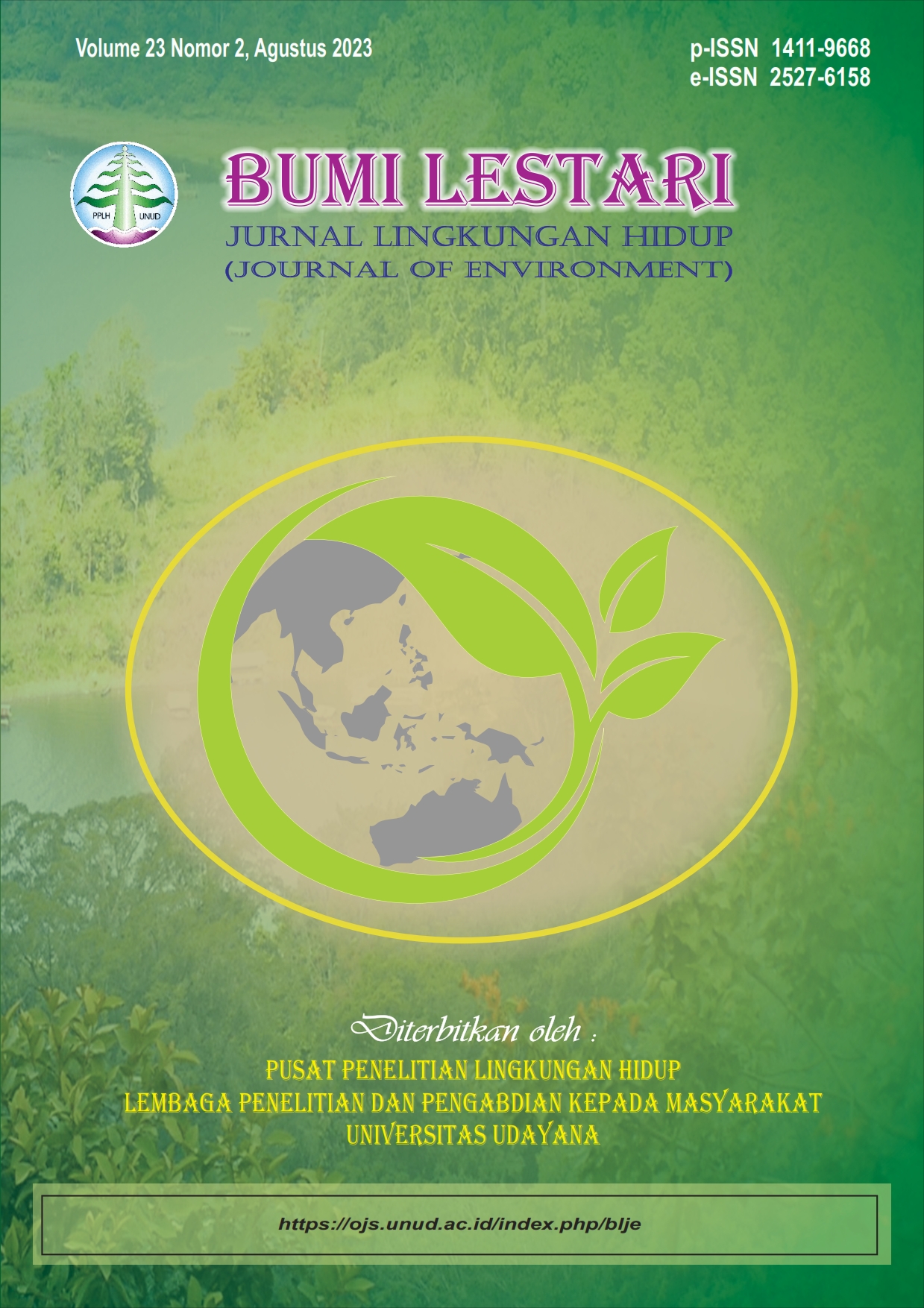Pemanfaatan Langsung Tanaman Kayu Apu Dadak (Azolla pinnata) Sebagai Pakan Tambahan pada Budidaya Ikan Nila (Oreochromis niloticus)
Abstract
Tilapia is a type of fish favored by freshwater fish consumers because it is easy to cultivate. The problem faced in freshwater fish farming activities is the high price of artificial feed. To deal with these problems, alternative feeds are needed to reduce the use of artificial feeds such as sudden apu wood (Azolla pinnata). This study aims to determine the effectiveness of the sudden apu wood (Azolla pinnata) on the growth and survival of tilapia (Oreochromis niloticus) and to help fish farmers reduce the use of artificial feed. The research method used is an experimental approach method. The experimental design in this study was a Randomized Block Design (RAK) which consisted of 3 treatments with 3 replications. Treatment A (direct feeding of 100% Azolla pinnata plants), Treatment B (direct feeding of 50% Azolla pinnata plants and 50% pellets), and Treatment C (100% pellet feeding). The results showed the absolute weight growth of treatment A 12.18±5.66 g, treatment B 17.73±4.40 g, treatment C 24.53±3.80 g. The absolute length growth of treatment A was 2.22 ± 0.60 cm, treatment B 2.54 ± 0.40 cm, treatment C 3.50 ± 0.37 cm. The survival rate of treatment A was 66.67±11.54%, treatment B and treatment C were 100±0%. Feed conversion ratio (FCR) for treatment A 4.8±2.28, treatment B 2.1±0.45, treatment C 1.7±0.17. The water quality of the three feeding treatments had no significant effect on pond water quality and was still within the optimal range for tilapia growth and cultivation.
Downloads
Authors who publish with this journal agree to the following terms:
- All articles published by Bumi Lestari Journal of Environment and Environmental Reseach Center Udayana University are made available under an open access license worldwide immediately. This means everyone has free and unlimited access to the full-text of all articles published in Bumi Lestari Journal of Environment, and everyone is free to re-use the published material given proper accreditation/citation of the original publication. Open access publication is supported by authors' institutes or research funding agency by payment of a comparatively article processing charge for accepted articles (See Author Fees). Bumi Lestari Journal of Environment and Environmental Reseach Center Udayana University publish articles under the Creative Commons Attribution License.
- Authors are able to enter into separate, additional contractual arrangements for the non-exclusive distribution of the journal's published version of the work (e.g., post it to an institutional repository or publish it in a book), with an acknowledgement of its initial publication in this journal.
- Authors are permitted and encouraged to post their work online (e.g., in institutional repositories or on their website) prior to and during the submission process, as it can lead to productive exchanges, as well as earlier and greater citation of published work (See The Effect of Open Access).





